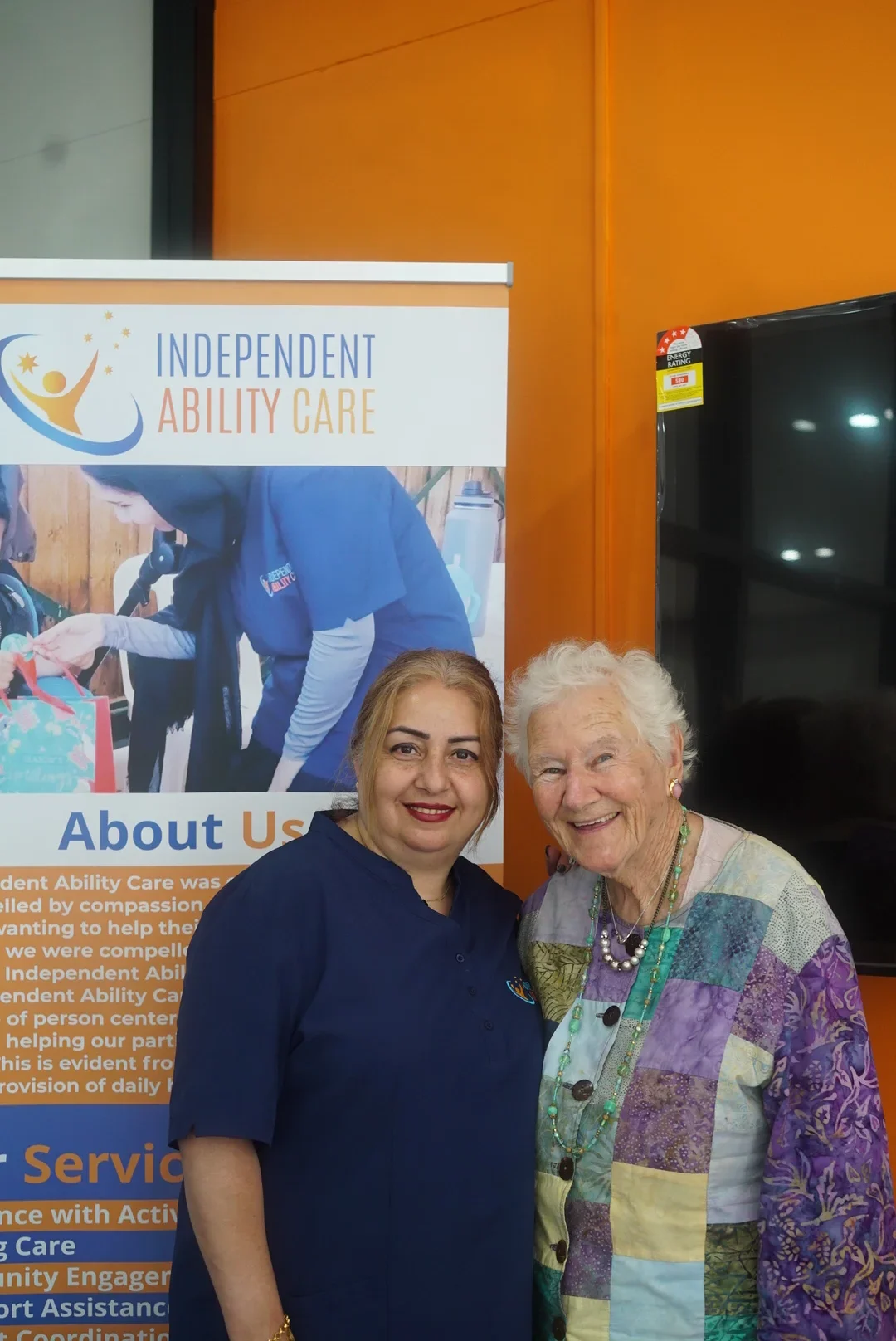
When your child is diagnosed with Level 2 Autism, understanding how to access and make the most of the National Disability Insurance Scheme (NDIS) can feel daunting. You’re not just managing a system, you’re advocating for your child’s future.
This guide is here to help you feel informed, prepared, and supported at every step of the journey. From understanding eligibility to preparing for your planning meeting, you’ll find practical tips, real examples, and answers to the most common questions parents ask.
What is an NDIS plan?
An NDIS plan outlines the support your child needs to live more independently, build skills, and participate in everyday life. It’s created during a planning meeting with an NDIS coordinator or Local Area Coordinator (LAC), based on your child’s diagnosis, daily challenges, goals, and the support you believe they need.
The final plan includes:
- Your child’s personal goals
- A description of their support needs
- Funding allocated for therapies, services, and equipment
The plan is reviewed regularly and can be updated if your child’s needs change.
Understanding Level 2 Autism within the NDIS
Level 2 Autism is diagnosed when a child requires substantial support to function across multiple areas, including:
- Social communication: difficulty initiating or sustaining interaction, interpreting cues, or maintaining conversation
- Repetitive behaviours: strong routines, restricted interests, or distress with changes
- Sensory sensitivities: under- or over-responsiveness to sound, touch, light, or movement
- Functional independence: difficulty with tasks like dressing, toileting, mealtimes, and transitions
The NDIS recognises these as substantial functional impairments, which often means your child will meet access criteria.
Step-by-step: How to get an NDIS plan for your child
1. Check eligibility
Children with a confirmed diagnosis of Level 2 Autism typically meet NDIS access criteria, as their condition causes a substantial functional impact. You’ll need to provide clear evidence from professionals that shows how autism affects your child’s daily life, beyond the diagnosis alone.
What to prepare:
- Paediatrician reports
- Psychology assessments
- Therapy notes showing challenges in communication, social skills, behaviour, and daily routines
2. Gather your supporting documents
The more detailed your reports, the stronger your case for appropriate funding. Ask each professional to focus on functional impact, how your child’s autism affects their ability to do everyday things like speak, eat, dress, or attend school.
Tip: Reports should use real examples. For instance: “Josh requires prompting for every step of his morning routine” is more useful than “Josh has difficulty with personal care”.
3. Prepare for the planning meeting
This is where you’ll speak with a planner about your child’s needs and the kind of support you want included in their plan. It’s your chance to paint a full picture of daily life, both the challenges and the goals.
What to bring:
- A “worst typical day” example, what daily life looks like without support
- A list of goals you’d like to focus on (e.g. communication, behaviour, independence)
- Recent reports from therapists or teachers
- Notes about progress since the last plan (if this is a review)
4. Plan approval and funding
After the meeting, the National Disability Insurance Agency (NDIA) reviews all the information you’ve shared. If approved, you’ll receive a plan outlining how much funding has been allocated across different categories such as:
- Core supports (e.g. personal care, transport)
- Capacity building (e.g. therapies, skill-building)
- Capital supports (e.g. assistive technology, home modifications)
There’s no set amount, funding is based on your child’s individual needs and the evidence provided.
5. Start using the plan
Once your plan is approved, you can begin using it with the help of:
- Registered providers (NDIS-managed)
- Your own trusted therapists (if self- or plan-managed)
- Support coordinators, if included in the plan, to help organise everything
Track your spending and goal progress carefully. Your child’s progress and changing needs will help inform future plans.
6. Request a plan review (if needed)
Plans are reviewed annually, but you can request an early review if:
- Your child’s needs change
- The current plan isn’t working
- You run out of funding before the end of the plan
To request a review, contact your LAC and provide updated reports from health professionals.
Questions parents often ask
How much funding will my child get?
There’s no fixed amount. Funding is tailored to your child’s needs, based on the evidence you present. Most children with Level 2 Autism receive support for therapies (like speech and occupational therapy), personal care, behaviour support, and help developing social or communication skills.
What types of services can be funded?
The NDIS may cover:
- Speech therapy
- Occupational therapy
- Psychology and emotional regulation support
- Applied Behaviour Analysis (ABA)
- Social skills groups
- Personal care or respite services
For the most accurate and up-to-date list, speak with your coordinator or visit the NDIS website.
What kind of goals should I include in the plan?
Strong NDIS goals are Specific, Measurable, Achievable, Relevant, and Time-bound (SMART). Think about what your child could achieve with the right support, not just in therapy, but in daily life.
Sample NDIS goals for children with Level 2 Autism
Short-term goal:
Goal: Get dressed independently in the morning
Support: Weekly occupational therapy, home practice, sensory tools
Medium-term goal:
Goal: Manage school drop-offs without emotional distress
Support: Psychology sessions, role-play at home, collaboration with school
Long-term goal:
Goal: Express feelings using words or visual tools
Support: Speech therapy, emotion cards at home and school, support worker guidance
Social goal:
Goal: Make and maintain friendships at school
Support: Social skills groups, structured playdates, feedback from teachers
Tips to Get the Most from Your Child’s NDIS Plan
Focus on function, not diagnosis
Ask professionals to describe your child’s everyday struggles, not just the condition. Funding is granted based on what support your child needs, not the label itself.
Align goals with funding categories
For example, a goal about improving independence at mealtimes might fall under “Core supports” or “Capacity building”.
Don’t be afraid to advocate
If your plan doesn’t reflect your child’s needs, request a review. You can also escalate or appeal decisions through formal NDIS processes.
Choose the right providers
Use the NDIS Provider Finder to find suitable professionals based on your plan’s management type.
What if your child’s needs change?
Life changes, and so do support needs. If your child is going through a developmental shift, regression, or big transition (like starting school), you can request a plan review early.
To do this:
- Speak with your LAC
- Provide updated reports from treating professionals
- Be clear about what has changed and why more/different support is needed
Stay up to date
NDIS policies change regularly. Stay informed by:
- Checking the NDIS website
- Signing up for email updates
- Reviewing your plan’s “last updated” date each time you receive one
All information in this article is current as of July 2025.
Final thoughts
The NDIS journey can be overwhelming, but you’re not alone. With preparation, clear goals, and the right support, you can build a plan that helps your child thrive.
Your voice matters. The more specific you are in sharing your child’s story, the more tailored and effective your plan will be.
For extra support, consider working with a support coordinator or parent advocacy service, they can walk the journey with you.
Learn how our team can help your child thrive with personalised NDIS autism support services.





